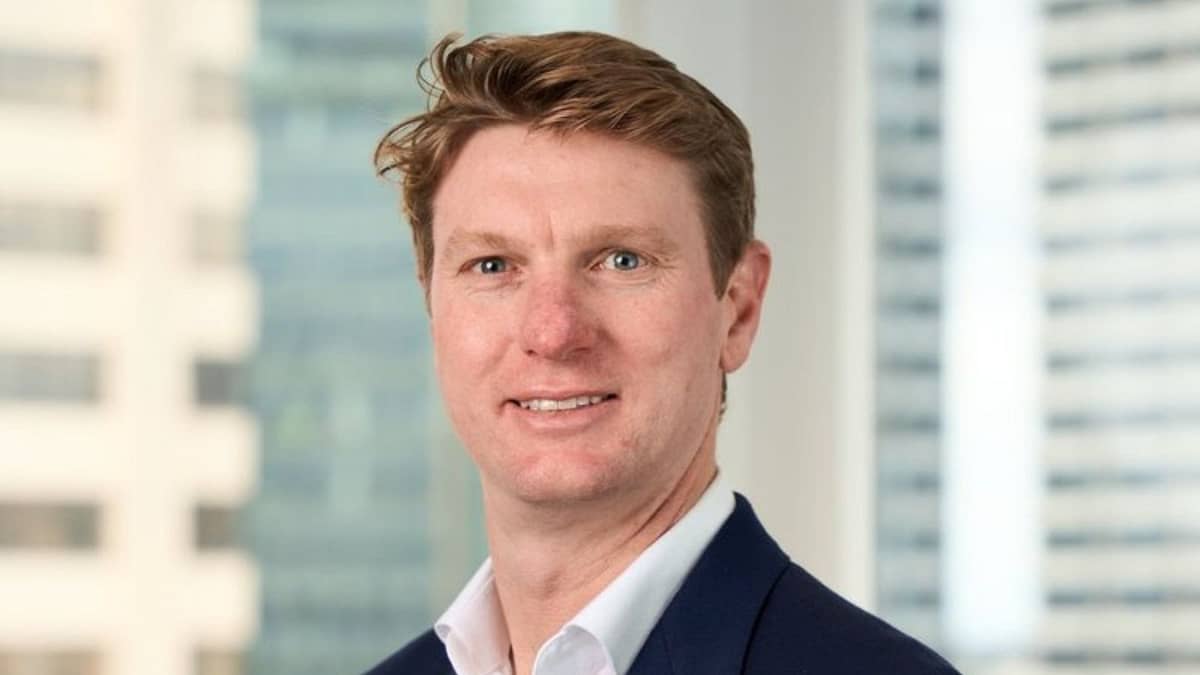Illegal SMSF access a problem, but focus on the bigger super picture
The advice industry had a critical role to play in combatting the “scourge” of illegal early access that had the potential to threaten the fabric of self-managed super funds, SMSF Association CEO Peter Burgess told National Conference delegates in Melbourne this week.
But in his address, titled ‘Steering through change: Recent legislative changes and what to expect in 2025,’ he stressed that the industry could not do it alone, and that a collaborative approach involving government, regulators and the industry was need to reduce the risk of illegal early access.
“We’re often asked what the sector can do to address these issues. While we don’t have all the answers, what we do know is that the SMSF sector cannot solve these issues alone,” he said.
“It’s a $1 trillion sector – a significant part of the financial services industry. So, what that signifies to me is that the financial services industry, in partnership with government and the regulators, needs to work together to address these issues.
“A good example of the need for a collaborative approach are the policy settings that currently make it difficult for professionals in our sector to do their job. If we work together – the theme of this conference – we can be confident the issues holding this sector back will not pose the same risk they do today,” Burgess said.
Although the latest Australian Taxation Office (ATO) figures are relatively dated – they show $381 million was illegally accessed in 2019-20, a figure that fell to $256 million in 2020-21 – no-one in the industry believes that the issue has been resolved, with the evidence suggesting that many of those acting illegally are a younger cohort who are simply establishing an SMSF to get their hands on their superannuation. The ATO has noted that advisers may be complicit in structuring loans from SMSFs to allow this access.
ATO figures show that almost 20 per cent of all SMSFs established in 2022 were a year overdue on lodging their first return. Of these newly established funds that had not made their first return, half (2,500) had completely drained their SMSF of funds.
Another red light for the ATO is SMSFs that have regularly filed a return for years but then suddenly fail to do so.
While no-one should downplay the gravity of the situation, it’s important to keep the issue in perspective, with the $256 million illegal-access figure representing a minuscule percentage of total SMSF funds under management, which now exceed $1 trillion.
Burgess told delegates that when the industry collaborated, everyone benefited, citing the newly registered legacy pension amnesty regulations and the non-arm’s length income (NALI) legislation as two positive developments in the sector in recent times
“The legacy regulations are a perfect illustration of the importance of specialist SMSF advice with practitioners needed to work through a range of different issues with clients, including social security and transfer balance cap implications.
“In relation to the NALI legislation, lessening the severity of the rules relating to NALI was greatly welcomed by the sector. However, for services provided personally by SMSF trustees, confusion and uncertainty remains around the distinction between services provided in the capacity of a trustee versus their professional capacity,” he said.
When the government, in particular, fails to listen to genuine industry grievances about a proposed change, then the end result was the Division 296 tax, that aims to impose a higher tax on the earnings of super balances above $3 million.
The SMSF Association has been at the forefront of the campaign opposing this legislation, with Burgess telling the conference that this tax, if enacted, would have significant consequences not only for the SMSF sector but the broader community, particularly as it related to taxing unrealised capital gains.
“Far be it from me to give advice to government or Treasury, but it’s time to take this damaging legislation off the table, listen to industry concerns and work with industry on a solution to the problem the government is trying to solve,” said Burgess.










